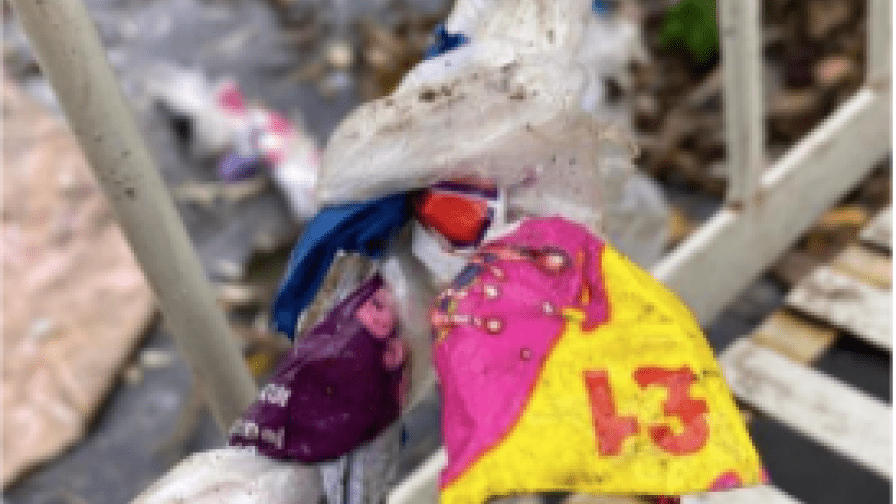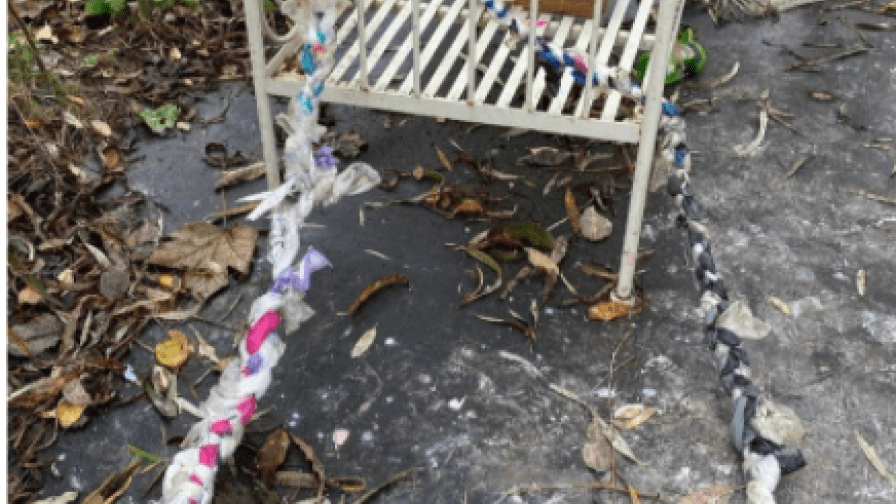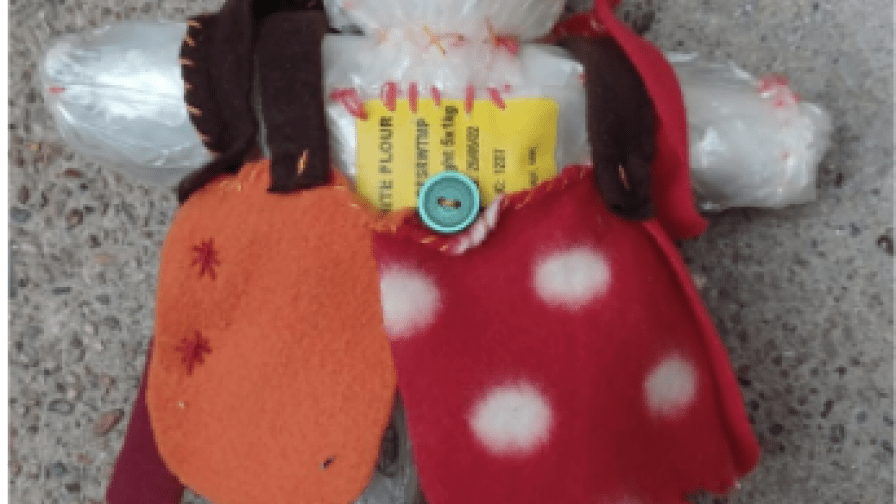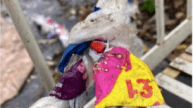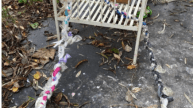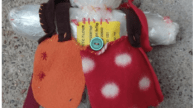Practicing a state of not knowing
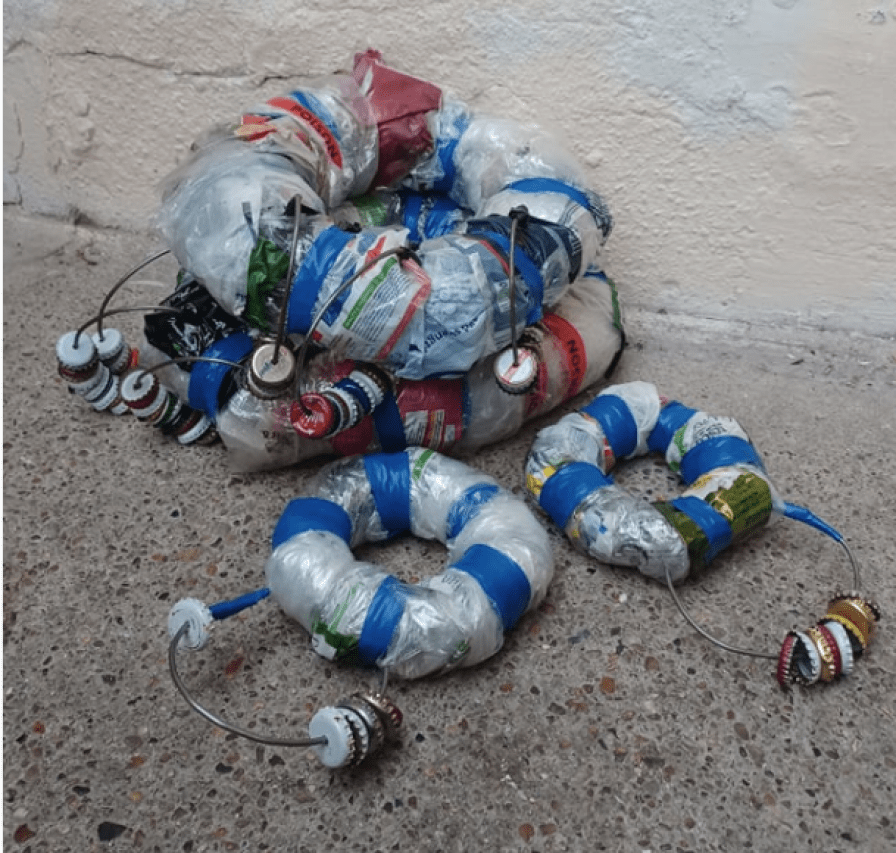
Germination is an experimental professional development project created by Magic Acorns for early years practitioners, emerging artists and musicians to develop their musical play practice with very young children - through play days, work based experiences and with the support of a mentor.
Our aim is to grow a community of musical play practice through sharing knowledge, ideas and experience between artists, musicians and educators. We offered highly creative approaches to nurture and care for creative practitioners, to support learning and to offer space for artists, musicians and educators to thrive and flourish through improvisation and playfulness.
Germination mentee, Ruby Holness shares some of her thoughts in this blog post about taking upcycled plastc objects into a nursery and practicing a state of not knowing in imporovised music and movement play with very young children.
Throughout Germination, we have been practicing a state of not knowing, working against the tide of certain theological thought. For the artist, it is developing a readiness, creating the germinal conditions where something unanticipated may arise. Working with young children, it is obvious that the precarity and improvisation in play comes naturally and without thought. As an adult, the liminal space of not knowing is not inherently productive but is experience untainted by knowledge and we must practice receptivity to its potential for outcomes that are authentic and spontaneous.
Our professional development training consisted of exercises that notice unspoken unity through improvised movement and sound when exploring a space.
The Carrier Bag Theory, written by Le Guin on narrative theory (1988) debates human evolution and was used by anthropologist Elizabeth Fisher in her research on early human development. The theory outlines the first primary instrument used by humans that is overlooked; containers/bags, to gather, store and travel. It is not the story of the bag we hear but the exciting story of progress, the spear, and the hunter. The story of progress is bound with a capitalist/consumerist ideology by which we continue to live by.
I believe this is our downfall, social ideas of progress turn our landscape and other humans into recourses for profit. The development into the plastic age for consumers, selling mass plastic bags for us foragers has encouraged disconnection to our environment and the Anthropocene. These concepts in mind, during this project I have been collecting plastic bags. An easy task as everything I have come across is in a plastic bag.
Seeing children play with the upcycled plastic has been so refreshing. Like me, they see this material as what it is, material. There are no questions asked, they are familiar with plastic and its many forms but haven’t yet learnt its name as ‘waste’. It is the bag story that teaches us life lessons, mindfulness and present being in environment. It teaches us cycles of interaction and restoration, collection, and preservation. As opposed to the heroic theological story of progress/achievement that we praise so highly.
I have visited and brought the upcycled plastic toys I made into the nursery. With the present mindset of a child, I explored sound and movement with the children, the toys encouraged this play. Repeating actions and mirroring the children helped me to join in with them whilst letting them lead, reducing any speaking and encouraging doing, communication via movement and sound.
This plastic rope was the most interesting to let loose in the children’s garden. This toy was meant for travel in the outdoors. The children ran with it, trailing it around the space, tugging at it, flinging it up which made it curl in the air. It was interesting to watch the teamwork but also the tensions it encouraged; lessons learnt in play. Not just tensions between children but the weight of their bodies, tensions of the rope when objects created a pivot, one child explored this for a long time, controlling his balance with it. This was perhaps the simplest way to use my plastic, plaiting the bags together, yet it had the most life, animated the whole time, coming along with the children on their important missions.
Plastic packaging turned into and worn as beads, often called rocks by people seeing them the first time. The plastic marbles not attached were kept in a jar, encouraged to be poured into different containers creating different sounds and repeating the pattern of gathering the collection over and over.
Sensory crunchy plastic doughnuts that were worn around their necks, used to count, as percussion, talking about the colours and the old packaging and recognising its past life. The bottle caps were filed down in order to remain save for them. Visiting with these was fun, I enjoyed seeing them travel from each child, often as a musical headdress.


